Chinese opera, an integral part of the country's cultural heritage, is a performing art form that has captivated audiences for centuries. With a history dating back to the Tang Dynasty, it has evolved into a diverse array of styles, each with its own unique characteristics and regional flavors. This article aims to provide an overview of the Chinese opera, its significance, and the various forms it takes across the vast landscape of China.
Origins and Evolution
The roots of Chinese opera can be traced back to the folk performances of ancient times, which included storytelling, music, dance, and acrobatics. Over time, these elements merged and developed into a more structured form of drama. The Yuan Dynasty (1271-1368) saw the birth of Yuanqu, a form of opera that laid the foundation for the various regional operas that would emerge later. The Ming and Qing Dynasties further refined and expanded the art form, leading to the development of distinct styles such as Peking Opera, Kunqu Opera, and Yue Opera, among others.
Cultural Significance
Chinese opera is more than just entertainment; it is a reflection of the country's history, values, and social norms. It serves as a medium for storytelling, often depicting historical events, legends, and moral lessons. The operas are a way for the Chinese people to connect with their past and understand the cultural and philosophical underpinnings of their society. They also play a crucial role in preserving and transmitting traditional Chinese culture to future generations.
Key Elements of Chinese Opera
Chinese opera is a comprehensive art form that combines music, vocal performance, mime, dance, and acrobatics. The following are some of the key elements that define this unique performing art:
1、Singing and Vocal Performance: The singing in Chinese opera is characterized by its high-pitched, melodious tones and the use of traditional Chinese musical scales. Each region has its own distinct singing style, which is closely tied to the local dialect and musical traditions.
2、Recitative and Spoken Dialogue: In addition to singing, actors also speak their lines, often in a rhythmic, chant-like manner. This spoken dialogue, known as recitative, helps to advance the plot and provide context for the audience.
3、Physical Performance: The physical performance in Chinese opera is highly stylized, with actors using exaggerated gestures and movements to convey emotions and actions. This includes acrobatics, martial arts, and dance, which are often performed to the beat of drums and gongs.
4、Costumes and Makeup: The costumes in Chinese opera are elaborate and colorful, often adorned with intricate patterns and symbols. Makeup is used to create distinct facial designs that represent different characters and their personalities. For example, the "face-changing" technique in Sichuan Opera is a mesmerizing display of quick costume changes that symbolize a character's transformation.
5、Musical Accompaniment: The music in Chinese opera is played by a traditional Chinese orchestra, which typically includes string, wind, and percussion instruments. The music serves to underscore the emotions of the performance and to guide the rhythm and pacing of the actors.
Regional Styles and Forms
Chinese opera is not a monolithic art form; rather, it is a collection of regional styles, each with its own unique characteristics. Some of the most well-known forms include:
1、Peking Opera (Jingju): Originating in Beijing, Peking Opera is one of the most popular and influential forms of Chinese opera. It is known for its rich repertoire, elaborate makeup, and the use of acrobatics and martial arts in its performances.
2、Kunqu Opera: Hailing from Suzhou, Kunqu Opera is one of the oldest forms of Chinese opera. It is characterized by its slow, graceful movements, intricate vocal techniques, and the use of poetic language in its scripts.
3、Yue Opera: Originating in Guangdong, Yue Opera is known for its lively and expressive performances. It often features stories of love and adventure, with a focus on the emotional experiences of the characters.
4、Huiju Opera: From Zhejiang, Huiju Opera is known for its realistic portrayals of everyday life and its use of local dialects in the spoken dialogue.
5、Shaanxi Opera (Qinqiang): This form of opera from Shaanxi province is characterized by its robust singing style and the use of a unique musical scale.
Conclusion
Chinese opera is a living testament to the rich cultural heritage of China. It is an art form that continues to evolve, adapting to the changing tastes and sensibilities of modern audiences while remaining true to its roots. As a window into the soul of Chinese culture, Chinese opera offers a glimpse into the country's history, values, and the human condition. It is a treasure trove of stories, music, and performance that continues to captivate and inspire, both within China and around the world.

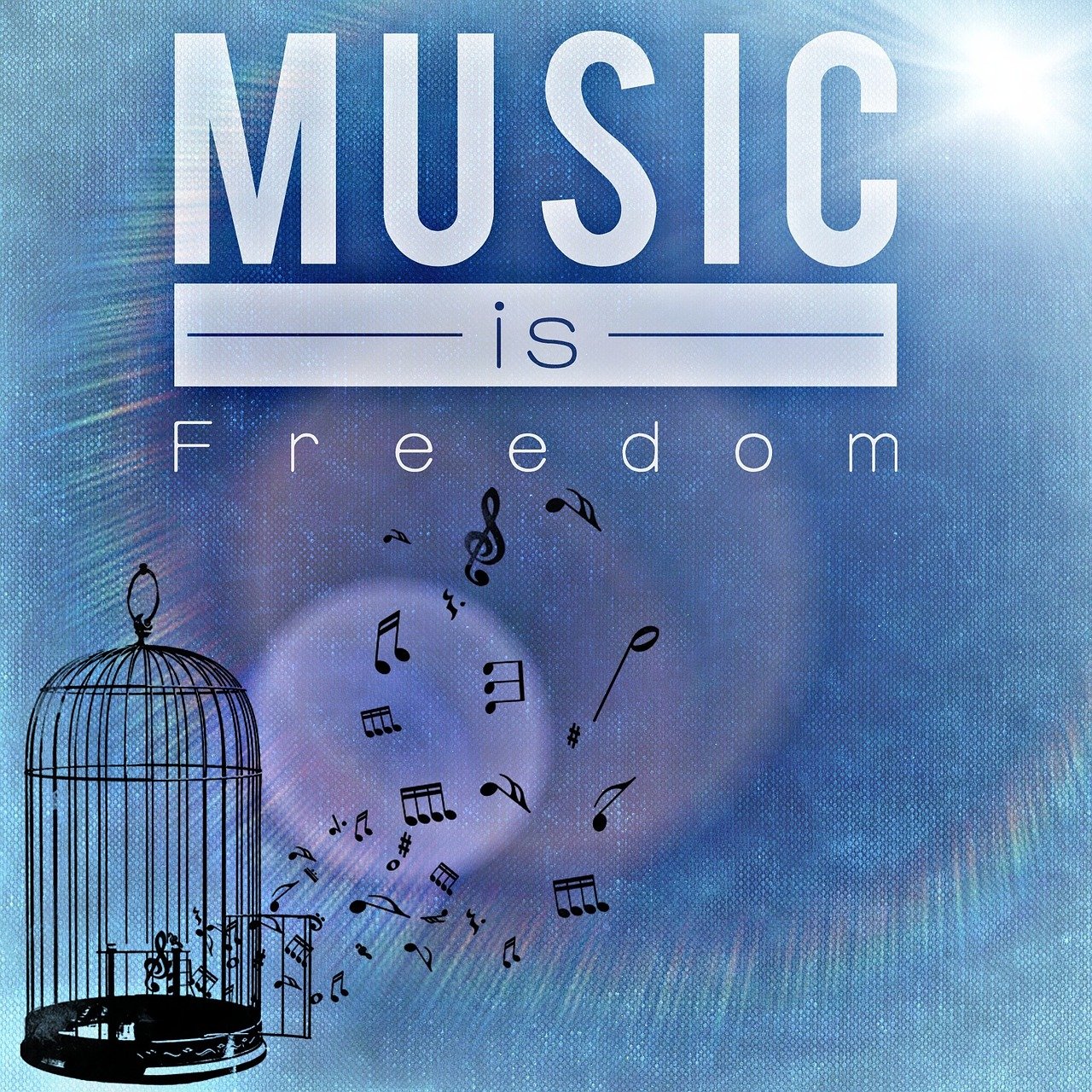

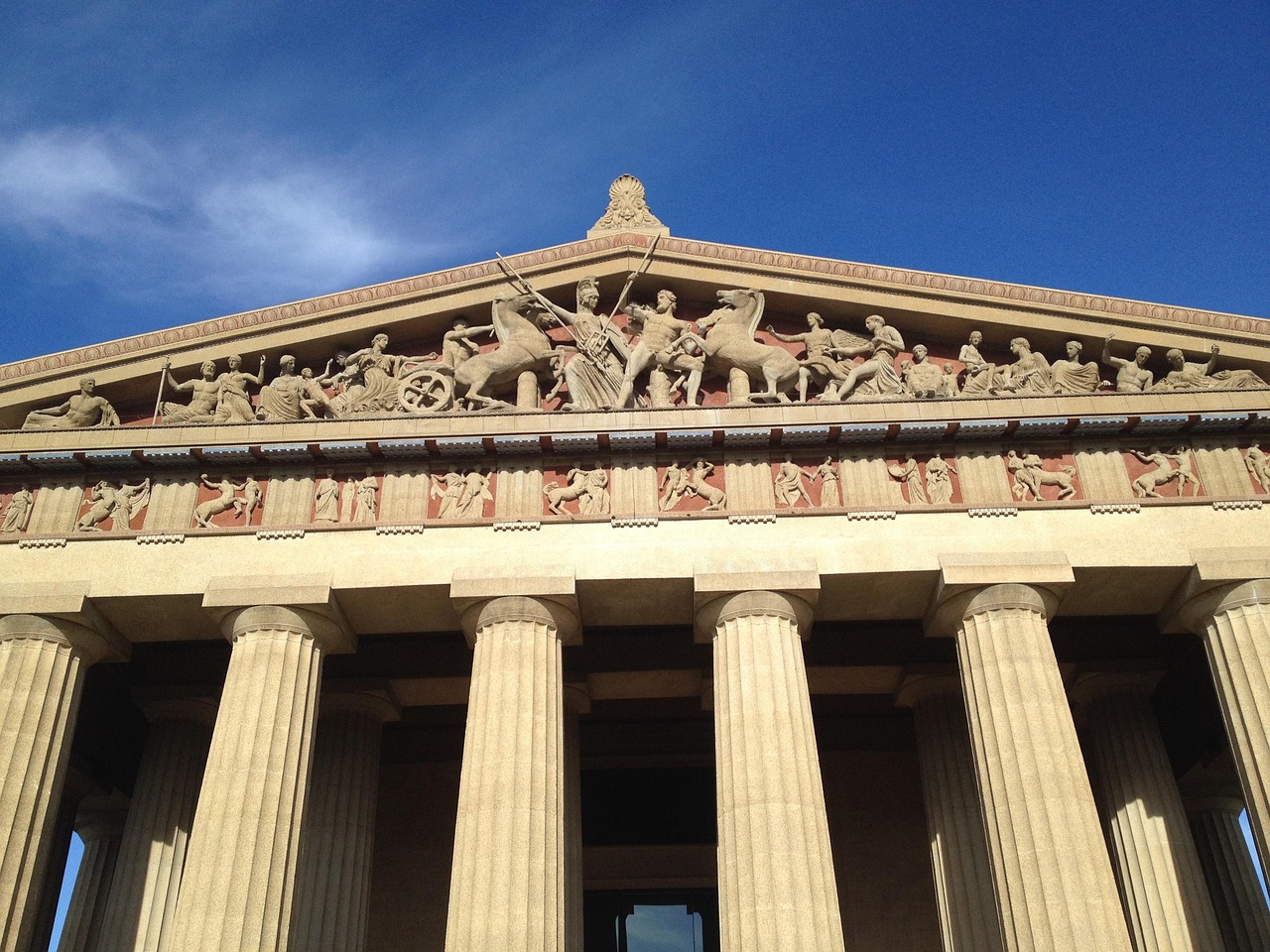

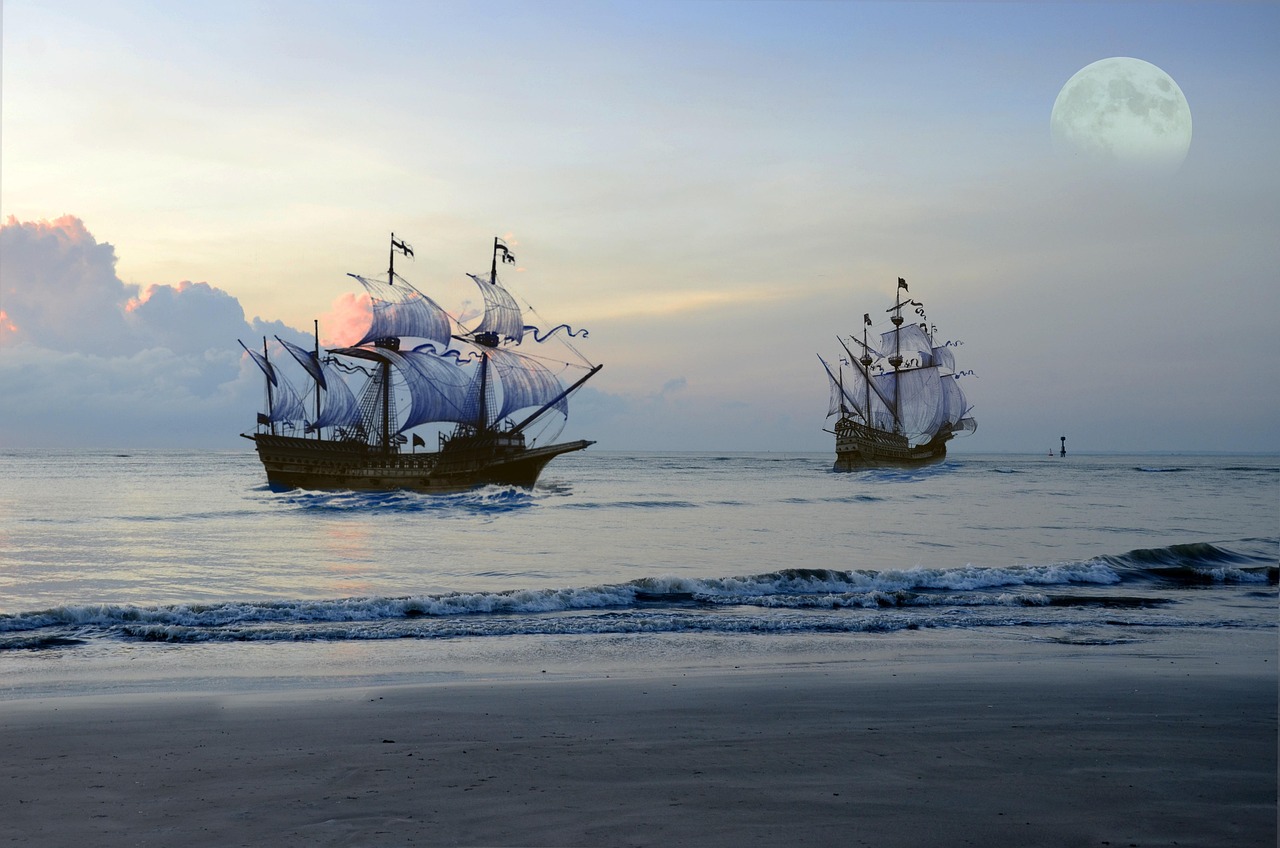
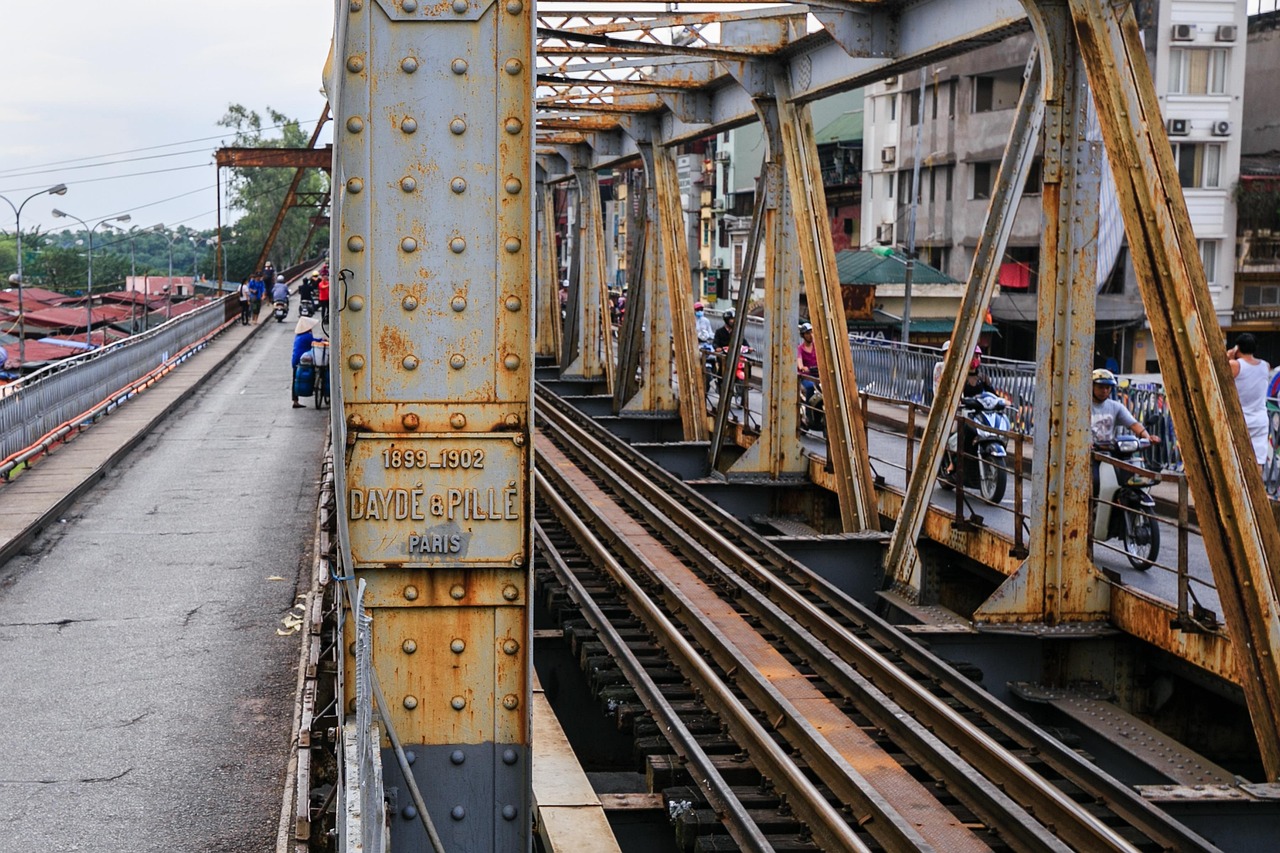




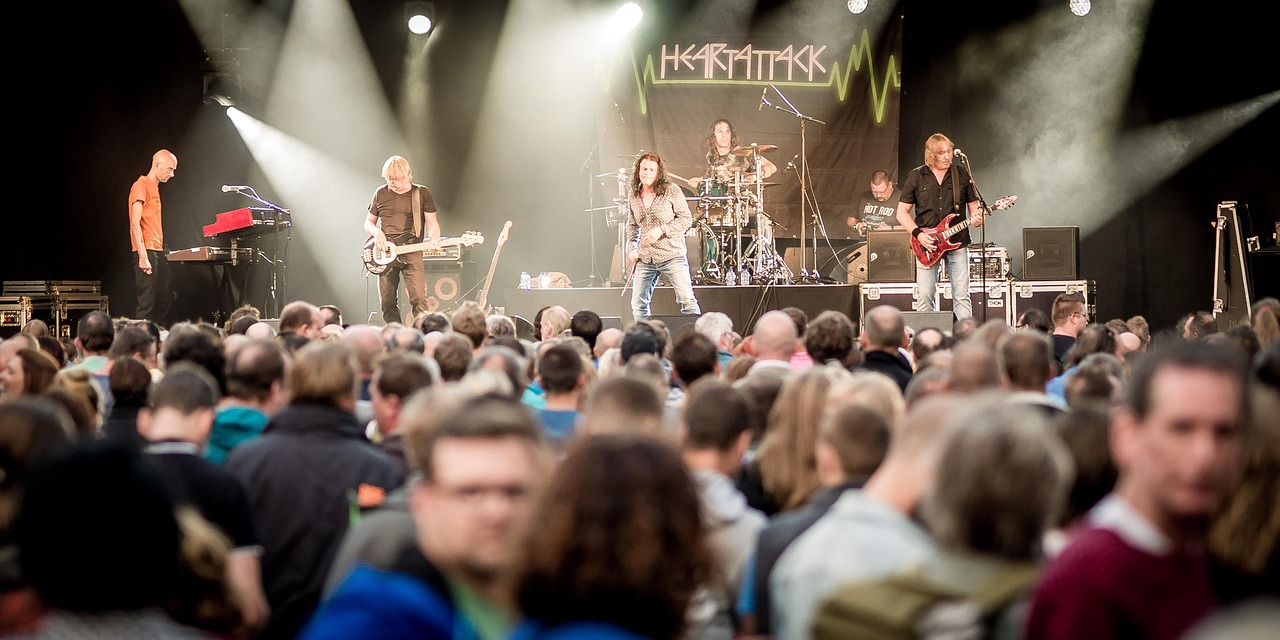
 京公网安备11000000000001号
京公网安备11000000000001号 京ICP备18057566号-3
京ICP备18057566号-3